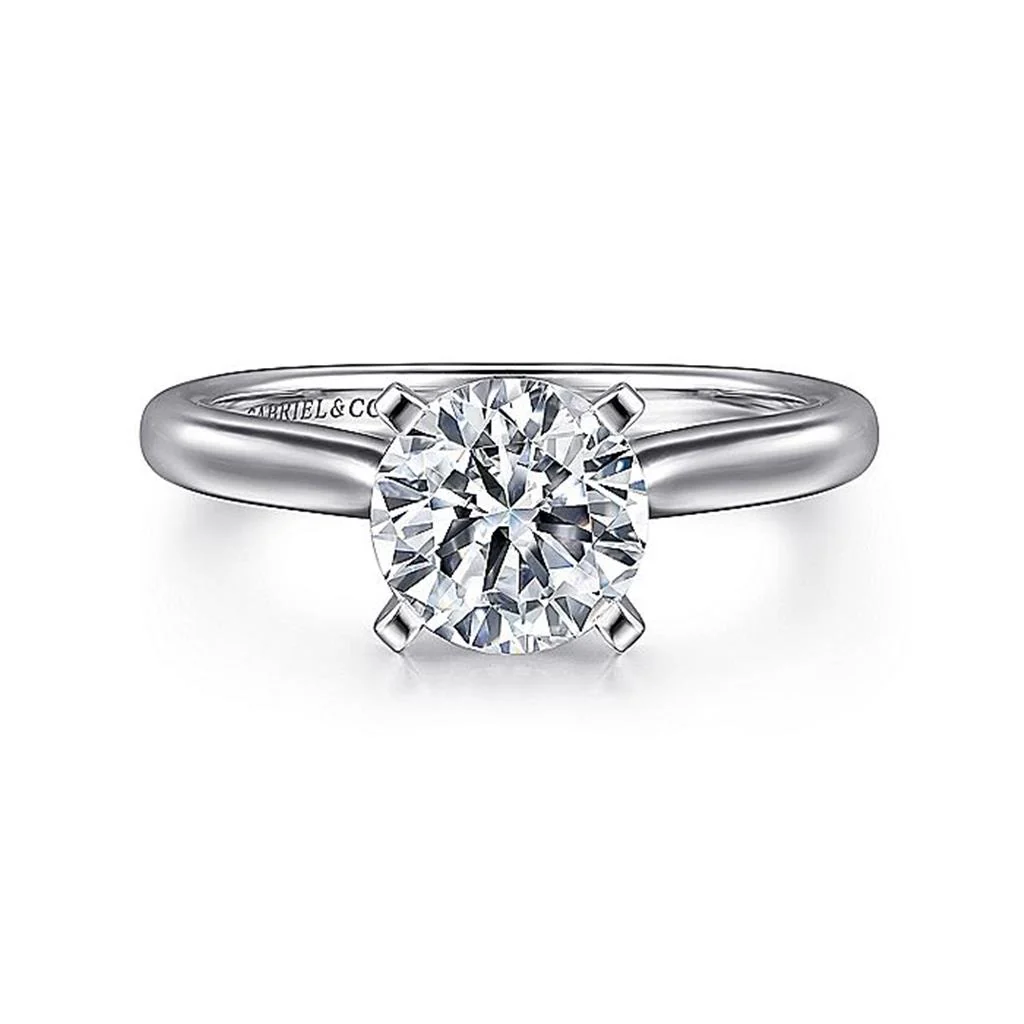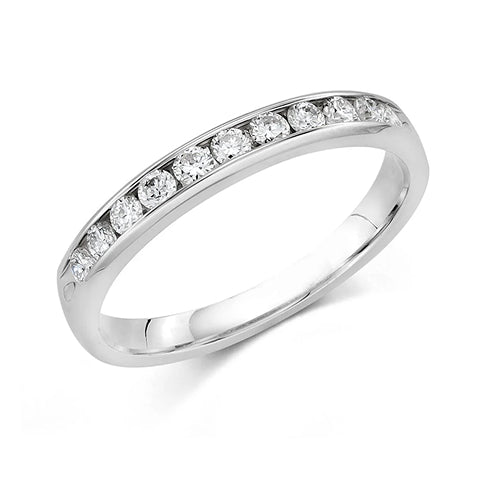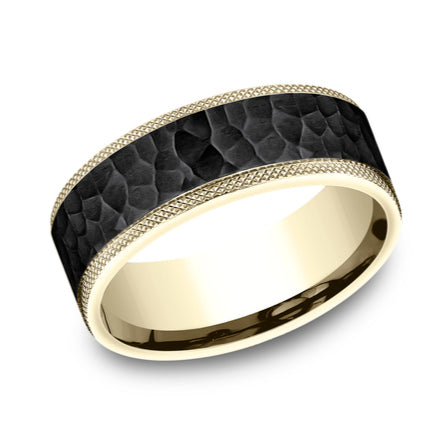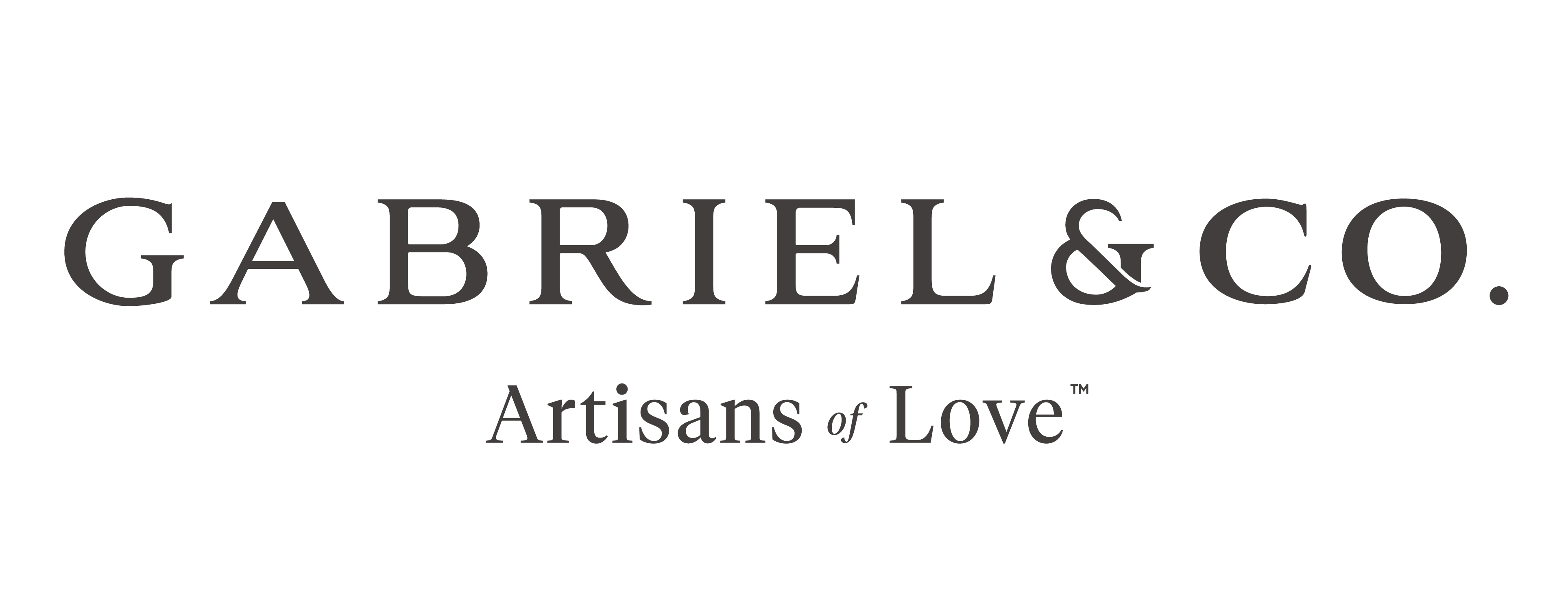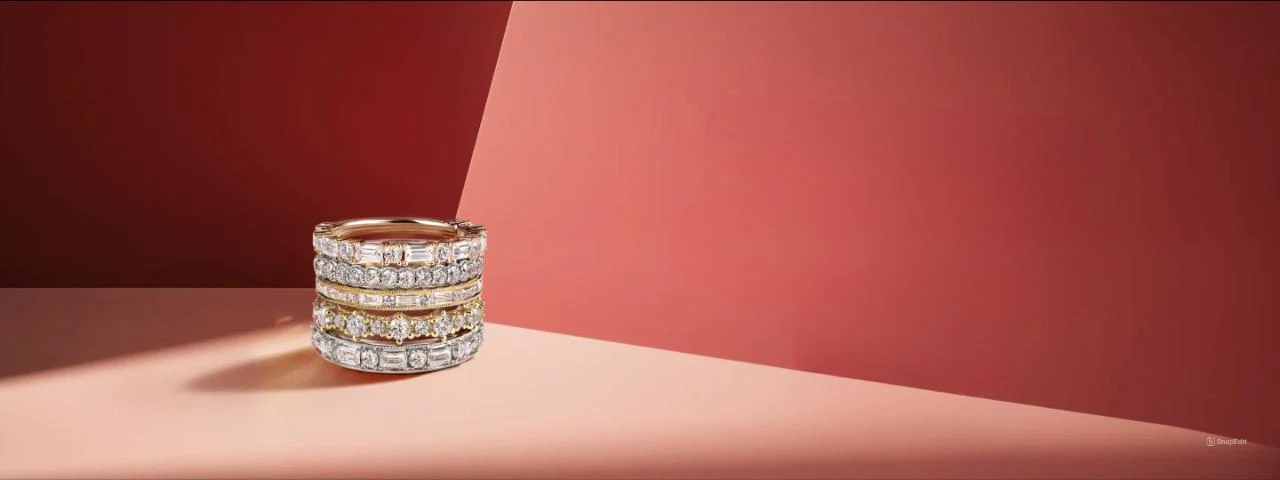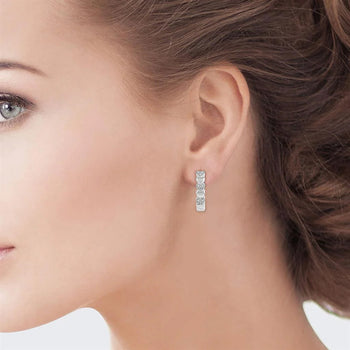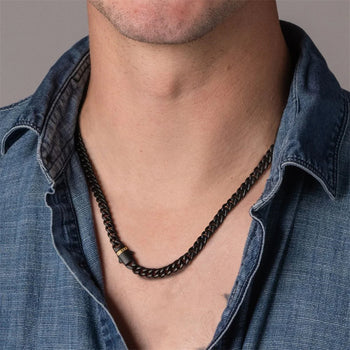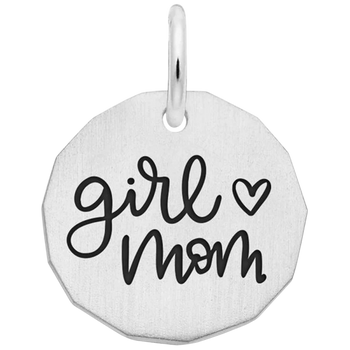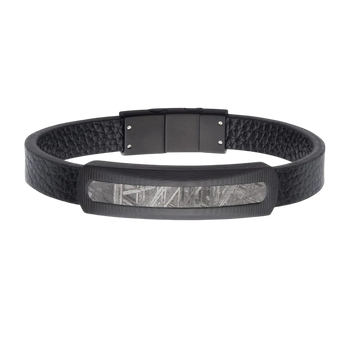
Which of the 4 C's of Diamonds Matters the Most?
The 4 C’s of diamonds (cut, color, clarity, and carat weight) are important whether selecting loose diamonds or creating a custom diamond engagement ring. But which of them matters the most? To answer this question, we’ll provide a comprehensive look at diamond grading and how each “C” affects the quality of the stone.
What Are the 4 C's of Diamond Grading?
In our guide to the 4 C’s of diamonds, we explain these characteristics in detail. Understanding which one is most important requires looking at what each trait is. Here’s an overview of each of them:
- Carat Weight: Most people associate carats with the size of a diamond, but a carat is just a standardized unit of measurement to compare diamonds. Five metric carats equals a gram. If you’re looking for a large diamond, the number of carats might not reflect its apparent size. Carat weight is not as important a factor as many people think when buying a diamond.
- Cut: Classified as poor, fair, good, very good, excellent, or ideal, a diamond’s cut determines how light travels through its carbon crystalline structure. Cut has the greatest impact on a diamond’s sparkle. A high-quality cut allows light to reflect like a mirror inside the stone and outward, while a poor cut will reflect light downward and reduce the shine.
- Color: Colorless diamonds are the most valuable but are extremely rare. Natural processes create different colorations and hues. The highest-rated stones are absolutely colorless and the scale decreases from D to Z. The lowest-rated gems take on a warm hue or even a light gray, yellow, brown, green, or pink color.
- Clarity: Diamonds with more flaws will appear less clear. The clarity scale ranges from flawless (FL) to included (I). Diamonds with the least amount of flaws are the most valuable, but the differences between individual grades aren’t usually visible to the naked eye. However, tiny blemishes and inclusions (internal characteristics) can affect the value of a diamond.
What Makes a Diamond Sparkle?
How the diamond is cut determines its sparkle. An Ideal cut permits a maximum amount of light to reflect through the top of the diamond. Reflectivity is determined by the table size, crown height/angle, girdle thickness, and other diamond features. These elements are determined as the gem is processed after it is mined.
A high-quality cut reflects diffused lighting from sources such as fluorescent lights as well as that from spotlighting such as LED sources. Spotlighting shows off a diamond’s sparkle best, and that includes sunlight. Diffused lighting will let you see patterns of light and dark from internal reflections. Combining both will let you see the gem’s sparkle and depth.
Is Color or Clarity More Important?
Even if two diamonds are the same cut, carat weight, and clarity, color differences can significantly affect their value. A diamond’s color can be affected by its surroundings. The color of one’s clothing can make a diamond appear to have color; a metal setting can too. However, the color of a yellowish diamond is less noticeable when it’s paired with yellow gold.
Across most stages of the diamond clarity scale, inclusions can be seen only with 10x magnification. Most diamonds fall within this range. While there are 11 clarity grades, flaws are often difficult to see. A diamond with no inclusions is the priciest, but between most parts of the scale, most people can’t tell the difference unless the stone is examined closely.
Which C Is Most Important in Diamonds?
Cut is the most important of the 4 C’s of diamonds. It’s what makes a diamond sparkle. The number of diamond facets, their angle, and the symmetry and alignment of the stone’s shape impact the reflectivity of light. Even if a diamond’s clarity and color are excellent, a poor cut will make it hard to be seen.
Even a higher carat count won’t make up for a poor cut. A 0.90-carat diamond with an Ideal cut is more valuable than a 1.00-carat or higher diamond with an inferior cut. The light should exit from the top of the stone. Too deep a cut can cause light to leak from the side, while too shallow a cut will reflect light toward the bottom, making the diamond look dull. Therefore, the precision of the cut can affect a diamond's value by 50% or more.
Which of the 4 C's Matters in Small Diamonds?
A combination of the 4 C’s is important for all diamonds. If a high-carat count diamond has a poor cut, clarity, and color rating, it won’t be worth much. But with diamonds, size isn’t everything. Many people choose jewelry with small diamonds, which can appear larger depending on their shape (oval diamonds often appear larger than they are).
A well-cut small diamond will also appear larger because it reflects more light and has more fire, sparkle, and brilliance. Color is important as well. However, clarity in smaller stones doesn’t matter as much, especially for those under half a carat, as any flaws will be difficult to notice.
Contact Jeweler’s Touch
The 4 C’s of diamonds affect the quality and value of engagement rings and other fine jewelry. At Jeweler’s Touch, we provide high-quality loose diamonds and diamond jewelry from many collections. Our team can also custom-design a ring just for you in-house. We can help you select a diamond that’s pleasing and affordable, and we offer a selection of gemstones and precious metals. Continue browsing to learn more and call (714) 579-1616 for information and assistance.

